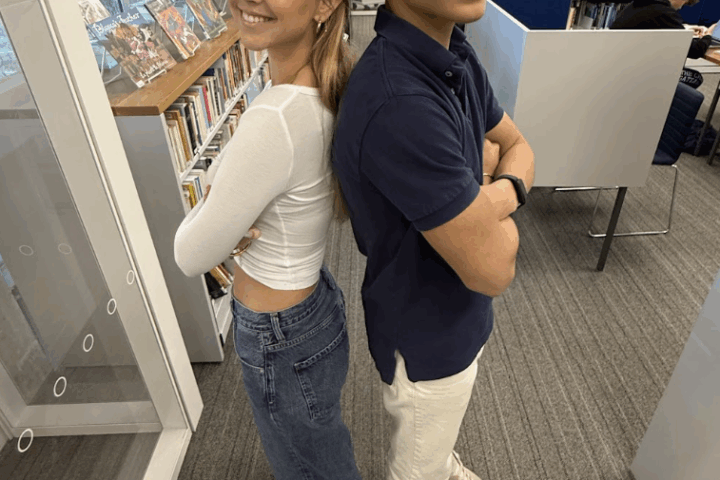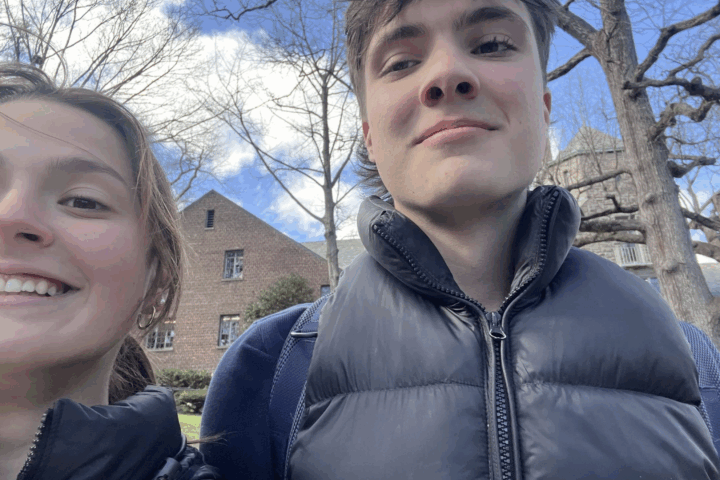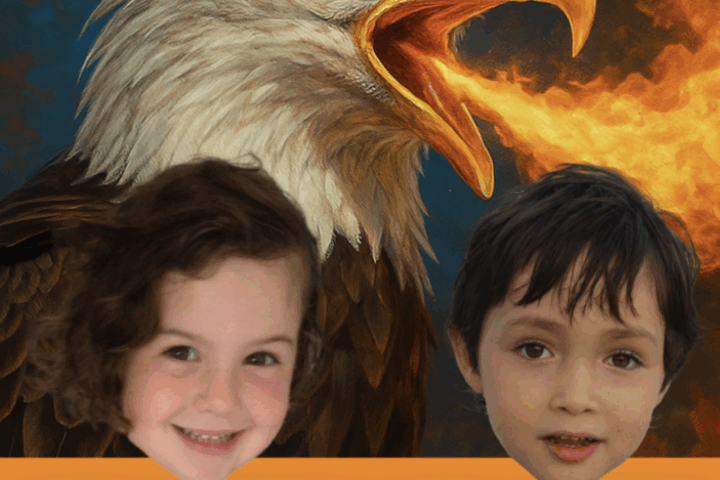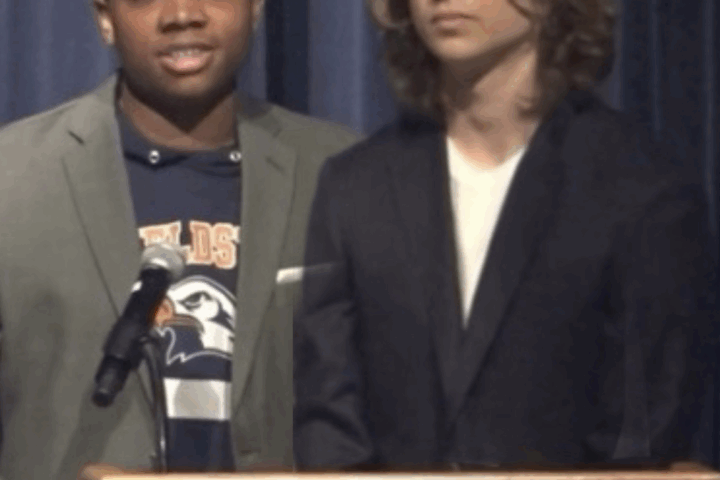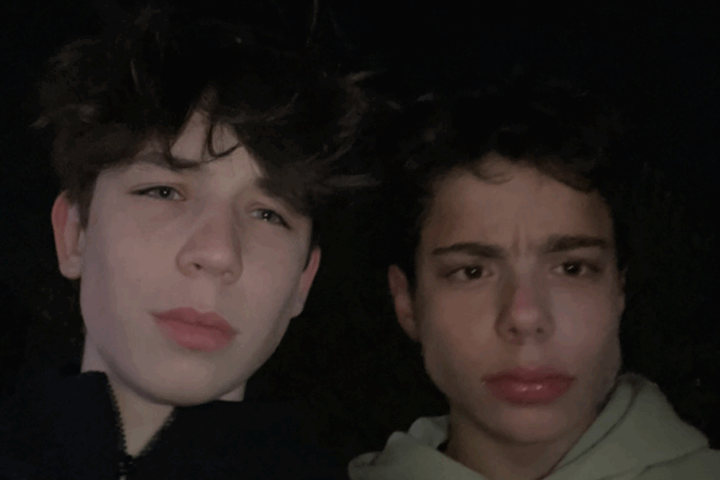Adopted in many fields, Artificial Intelligence (AI), continues to stir debates about whether its benefits outweigh its threats to human creativity and innovation. While AI has captivated the world’s attention in recent months, AI-generated art – regenerative design that integrates AI – traces back to the 1960s. In the mid-20th century, AI supported the development of computer graphics at a time when computers started to become more accessible. However, a compelling question arises when thinking about AI-generated art: can AI-generated art ever produce anything as original as the works of pioneering artists such as Joan Miró and Salvador Dalí?
A major flaw in AI-generated art is how AI operates. AI needs a foundation on which to build and write its algorithms, therefore basing its algorithms on already existing ideas. Some people debate that because humans write the algorithms, AI-generated art is indeed creative and human-driven. However, the problem is that these algorithms replace human decision-making, generating renderings that barely consider human input. Maybe AI could have predicted the work of Josef Albers, a German-American artist known for his methodical superimposed squares that follow specific color patterns, however, what algorithm could have predicted Dalí’s surrealist artwork? Since Dalí, a Spanish artist, was notable for his artwork’s dream sequences and surrealist subconscious depictions, AI could have never created Dalí’s cutting-edge and unprecedented work with algorithms reliant on current images.
It is important to note that computer-generated imagery (CGI) and generative graphics (GG) commonly used for special effects in films, such as Avatar, differ in process from AI-generated art. CGI and GG also utilize algorithms, however, these algorithms have creative parameters that rely on human input, requiring more human intervention than AI-generated art. With advances in machine learning in AI, computers can make decisions without human input.
Additionally, artists receive assistance constantly. For example, pop artist Andy Warhol employed many assistants in his studio for screen printing. He frequently asked for his assistants’ opinions on color and composition, only for Warhol’s artwork to be displayed in museums and galleries credited to him. In this way, AI’s ability to create and critique artwork shares parallels with the human assistance Warhol received. Much of Warhol’s artwork, such as “Marilyn Diptych” was based on existing images, however, he is seen today as an influential pop culture icon because he used his art as a tool of activism to make social commentaries on issues such as industrialization. Pop art is arguably the first incarnation of AI-generated art because both forms lack originality. However, does a lack of originality imply that it’s not art? Perhaps not, but it’s undeniable that AI can generate art that is on par with the originality of non-generative art.
According to Scott Wolfson, Department Chair of Visual Arts at Fieldston, “AI-generated art can just be another tool. People can use it creatively and it can be used to further their exploration of different ideas and images. But there is also something about the hand and the touch that makes the simplicity of handmade art beautiful. Is AI art? Sure. Is it good? I don’t know. If I tell AI and say ‘Make an image of x+y’, is it interesting? Probably not.”While there is validity to Mr. Wolfson’s point of AI and technology pushing art’s capacities, I find comfort in knowing an artist stood behind their art, physically reworking their canvas. And to me, AI can never replace the intrinsic beauty of non-generative art.


